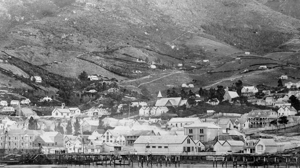
OUR HISTORY
Business Canterbury - previously the Canterbury Employers Chamber of Commerce - has a long history of championing the interests of business and enabling a strong regional economy and thriving local community.
A Voice for Canterbury Businesses
In 1859, a group of forward-thinking business owners recognised the need for a unified voice to influence decisions and ensure that they would be included in the conversations that would shape the future of the Canterbury region. Their aspiration was to create an organisation that would advocate for the needs of businesses, enabling commerce to thrive and contributing to the growth of the local economy and community. That organisation was established in Lyttelton under the name Lyttelton Chamber of Commerce. Its first president was Isaac Cookson, a local merchandiser and importer. Our first annual report recorded 32 members. Below are other key advocacy milestones over the years.
![The Canterbury Employers' Chamber of Commerce began as the Lyttelton Chamber of Commerce in 1859]()
1859: First Official Meeting
The first official meeting of the Lyttelton Chamber of Commerce, which would later become the Canterbury Chamber of Commerce, occurred on Friday, 19 August 1859. On the agenda was a request from the Melbourne Chamber (via the Wellington Chamber) to sell all types of grain by 100lbs instead of by the bushel, so there would be uniformity in both countries.
![Bank notes late 1800s NZ]()
1860: First Advocacy Work
The Chamber took on its first significant piece of advocacy work by lobbying central government to remove restrictive banking regulations that prevented the use of banknotes and the establishment of local banks.![The Canterbury Employers Chamber of Commerce relocated to Christchurch from Lyttelton in 1863]()
1863: Relocation to Christchurch
Realising there was a need for an organisation to support businesses throughout the region - not just Lyttelton - The Chamber changed its name to the Canterbury Chamber of Commerce and relocated to Christchurch city. The Lyttelton office remained open to serve the needs of foreign vessels visiting the port.![Construction of the Lyttelton/Christchurch Rail Tunnel]()
1867: Lyttelton/Christchurch Rail Tunnel
After years of difficult work cutting through the mountain of volcanic rock that separates Christchurch and Lyttelton, tunnellers from both sides finally met in May of 1867. Members of The Chamber, who had been instrumental in ensuring that the project remained a priority, were among the first to be invited to walk through the tunnel. This feat of engineering was a New Zealand first, and a vital piece of railroad infrastructure between Christchurch city and the South Island's largest port.
![Lyttelton Waterfront Employees Industrial Union]()
1890: Assistance for Employers
Following the 1890 Maritime Strike which wreaked havoc on Lyttelton port and across New Zealand, The Chamber fostered the establishment of the Canterbury Employers' Association to assist Canterbury businesses in navigating an ongoing raft of employment legislation and the growing strength of unions in Canterbury.
![Otira Tunnel under construction]()
1921: Canterbury/West Coast Connection
Completion of the Otira Tunnel had been a key focus of The Chamber since the project's inception in 1901. Fourteen years after construction began, the Otira Tunnel was finally completed in 1921, opening a significant and vital pathway for commerce between Canterbury and the West Coast.
The advent of the tunnel created new opportunities for Chamber members. The coal and timber from the West Coast needed to fuel industrial boilers could now be transported at less cost and more reliably than via Nelson by sea.
![Harewood Airport Christchurch 1950s]()
1950: First NZ International Air Terminal
Christchurch's airport officially opened in 1940 but was quickly commandeered as a Royal New Zealand Air Force (RNZAF) base during World War II. Following the war, The Chamber pressed hard for a public air terminal, lobbying for the city's Council to buy land to extend runways, pushing for central government for an overseas terminal, and liaising with the Melbourne Chamber to establish a direct air link with Australia. Those efforts paid off in 1950 with the opening of Christchurch International Airport, New Zealand's first international air terminal.1964: Lyttelton/Christchurch Road Tunnel
The road tunnel between Lyttelton and Christchurch officially opened in January 1964. The project had been a significant focus for The Chamber since 1935 but had been placed on hold as the government's investment in Christchurch International Airport had taken precedent. That did not keep The Chamber from tirelessly advocating for the tunnel throughout the 1950s. That persistence paid off when construction began in 1961.![The first logo of the Canterbury Employers Chamber of Commerce]()
1992: Merger and Name Change
In an effort to unite and utilise combined services and resources to better serve the Canterbury business community, The Chamber merged with the Canterbury Employers' Association, changing its name to the Canterbury Employers' Chamber of Commerce.![Canterbury Earthquakes]()
2010-2011: Earthquake Support
The Chamber's role during the Canterbury earthquakes in 2010 and 2011, and again for Kaikōura in 2016 was crucial not only for business, but also for the recovery of the wider community and the survival of the local economy.
The Chamber played a pivotal role in working with central government to establish a wage subsidy programme which provided businesses with the financial support they needed to keep paying their employees until they could get their business operations going again.
The programme was a first for New Zealand and had a significant impact on the ability for Canterbury businesses to get back on their feet following the quakes. The programme established a model for government to support businesses during a crisis, and served as the foundation for a similar programme that was initiated country-wide during the COVID-19 pandemic.
![COVID support for businesses from the Canterbury Employers Chamber of Commerce]()
2020: COVID-19 Advocacy & Support
Just as it did during the Canterbury earthquakes, The Chamber provided members and the wider business community with unwavering support during the COVID-19 pandemic. With its trusted reputation, government officials welcomed The Chamber's involvement in the government's COVID-19 response.
The Chamber provided valuable insight and recommendations to government on how to support businesses during this unprecedented time. In addition to influencing government decision-making, The Chamber also provided invaluable assistance and reassurance to businesses, helping them to navigate uncertainty and change throughout the pandemic.
2023: New Membership Model
Following an extensive programme of engagement with Chamber members and the wider business community, and an examination of current trends and best practices for member associations around the world, The Chamber transitioned to a new fit-for-purpose membership model.
The new model offers members a more tailored customer experience and the ability to choose the level of investment and support from The Chamber that best suits their business needs.
![BC.centereed.ani. (2000 x 540 px)]()
2024: Change of Name
The Chamber becomes 'Business Canterbury', research a decision based on significant engagement with our members and the wider business community.

We have evolved, and so has Chamber membership.
We have transitioned to a new, dynamic membership model that will revolutionise the way our members engage with us and each other.




)%20(5).png?width=300&name=PREPARE%20FOR%20THE%20EVOLUTION%20(Presentation%20(169))%20(5).png)



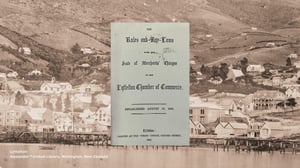
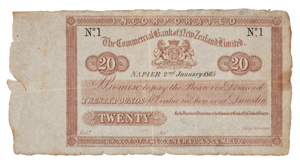
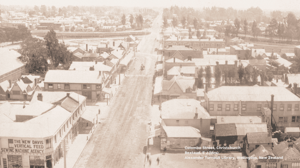
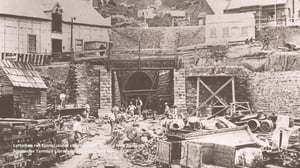
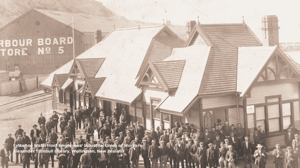
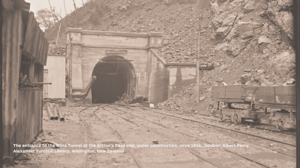
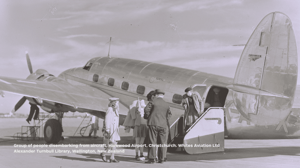
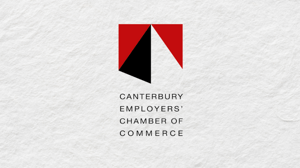
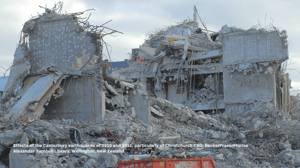

.gif?width=300&name=BC.centereed.ani.%20(2000%20x%20540%20px).gif)